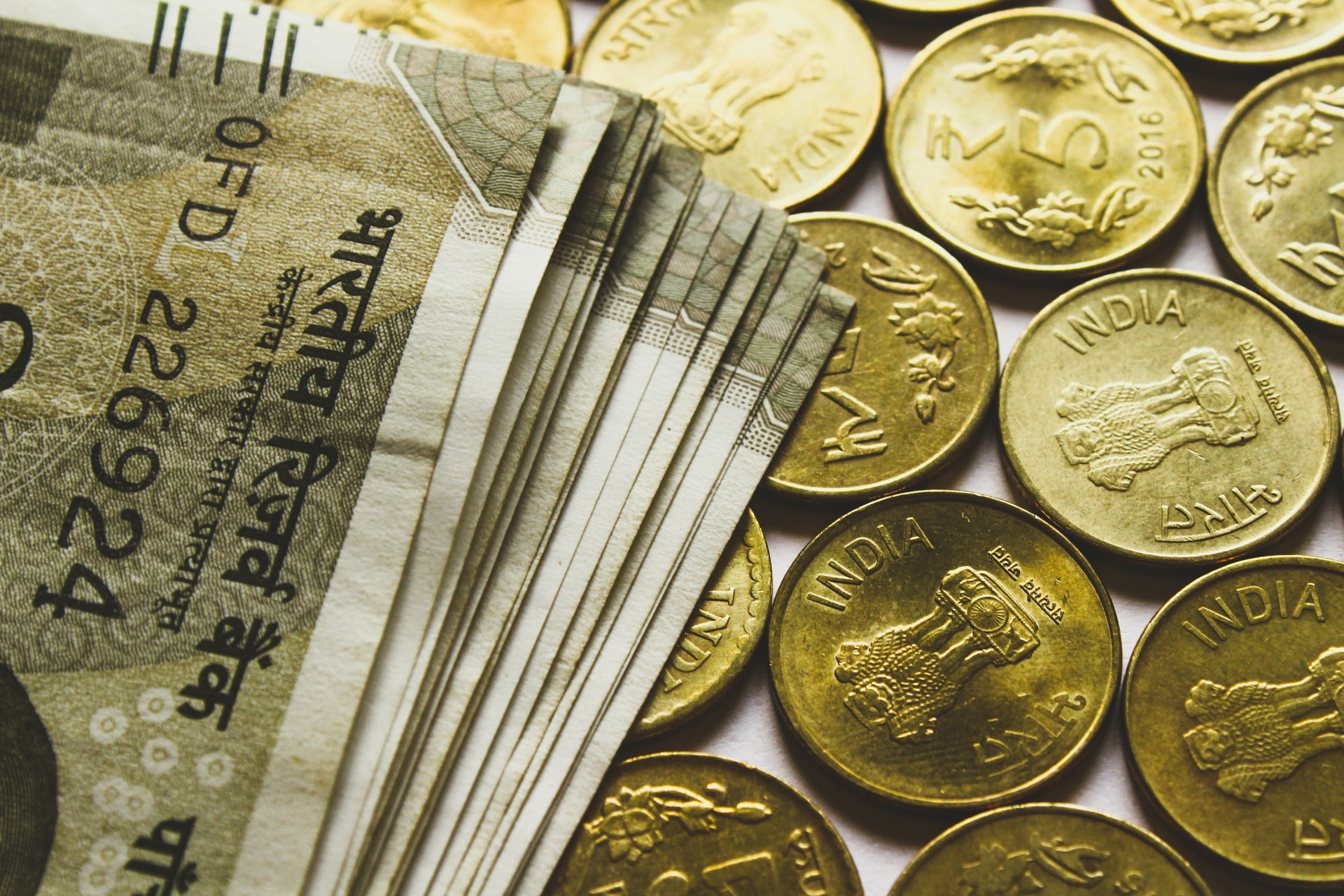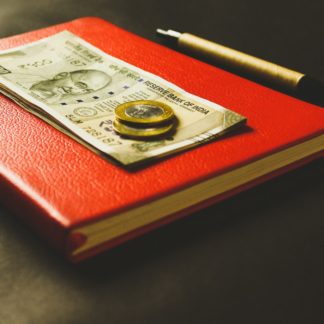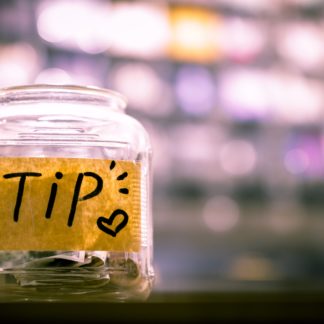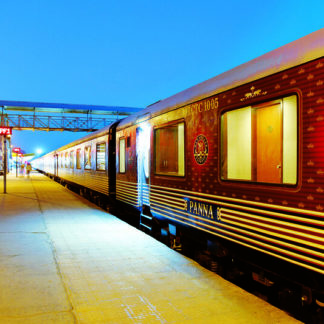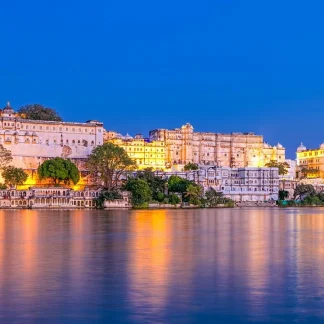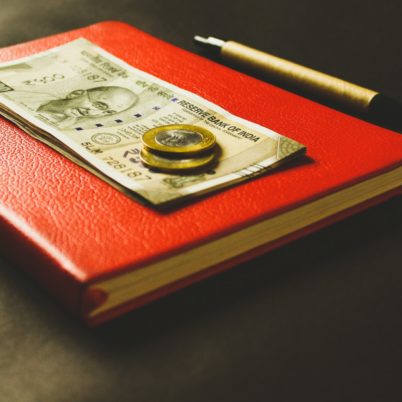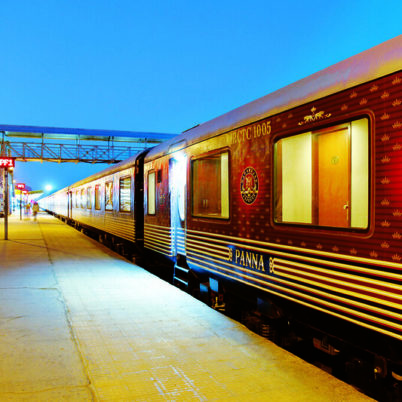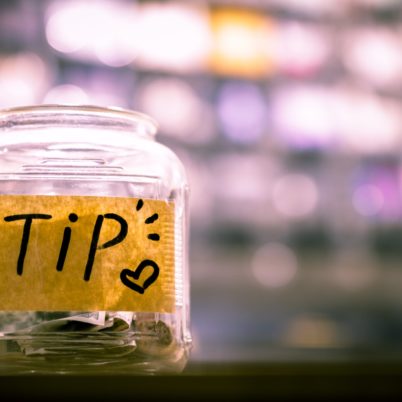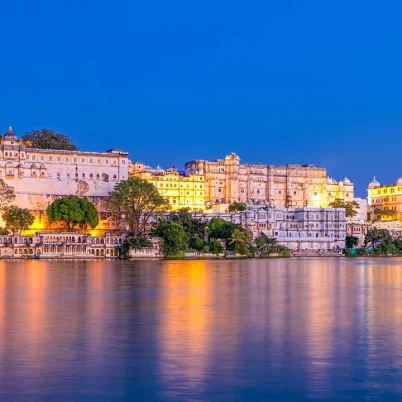The cost of travelling in India will vary depending on a lot of factors, but one of the best part about travelling in India is that it offers incredible experiences for every type of traveller at every budget.
As a travel destination, India has much to offer. India is also inexpensive because of its value for money accommodation options, transportation, food and service, and its weak monetary value. But you don’t have to stay at hostels or simple BnBs and eat cheap street food the entire time. From 5-star hotels to mid-range boutique resorts, luxurious train travel and private cars, gourmet and international restaurants – everything is available in India.
So whether you are a backpacker or here for a luxury trip, this blog will help you figure out the cost of travelling in India according to your requirements.
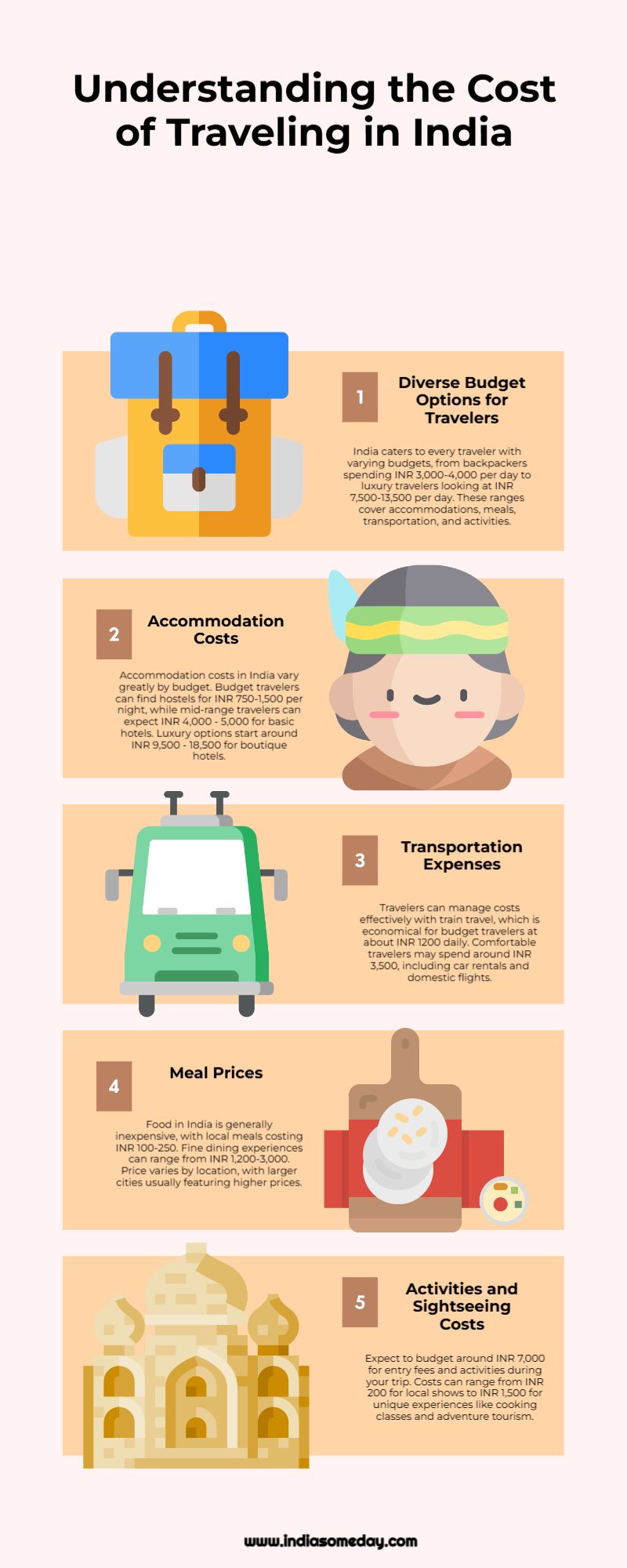
Overall Cost of travelling in india
Your overall cost of travelling in India includes accommodation, transport, entry fees for commonly visited sights and meals. It does NOT include personal expenses such as the Pashmina scarf or the leather sandals you bought at a shop.
Budget Traveller: INR 3,000-4,000 (35-50 USD / 30-45 EUR per day, per person)
If your travel style is backpacking, India is a great destination for you on this budget. Young, adventurous backpackers can experience India to the fullest. This includes stays in dormitories at backpackers’ hostels or private rooms at cheap budget hotels. You would have to travel on local buses and trains and will be able to take only one domestic flight for the longest distance. You will be able to visit the most popular sights and eat both street food as well as in local restaurants.
Mid-range Traveller: INR 4,500 – 7,000 (55-90 USD / 50-80 EUR per day, per person)
If you like to keep the cost of travelling on the economical side without compromising on basic comforts, you are a mid-range traveller. Just by adding 40 USD or 30 EUR to a backpacking trip, you can make your trip significantly comfortable by being able to stay at charming boutique hotels and friendly homestays. You could also travel faster by including a few domestic flights from budget airlines.
You can also choose comfortable train classes and a few chauffeur-driven car rides. From time to time you can treat yourself with a meal at a fancier restaurant and add one activity per city like cooking classes, a desert safari or a nice trek.
High-end Traveller: INR 7,500 -13,500 (90-160 USD / 85-150 EUR per day, per person)
If your travel style is luxury trips and the cost of travelling doesn’t matter, you will be delighted with the variety of options that India has in store for you, especially in terms of hotels and resorts. You can fly your way to most places and travel in a comfortable, air-conditioned car. All the big cities and some of the smaller cities as well offer great gourmet dining options that shouldn’t be missed. You can also opt for private tours at many of the places.
India has some of the most delightful palace-turned hotels and gorgeous boutique luxury hotels. Let us surprise you.
Look at some of our different travel plans here and here.
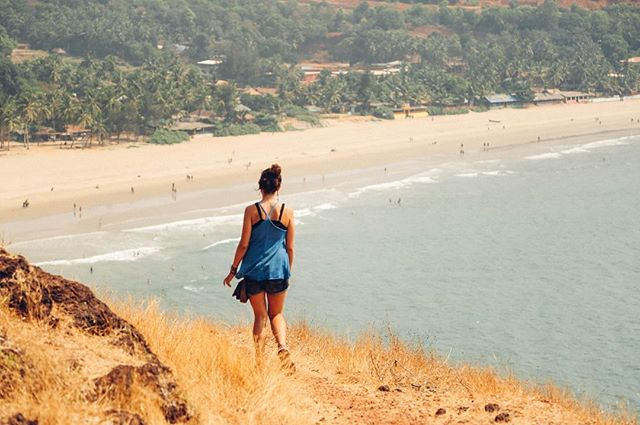
Cost of Accommodation in India
The cost of accommodation will depend on you accommodation budget. Hotel tariffs are generally higher in major cities, tourist havens, and during the peak winter months of December, January and February. They’re lowest in the off-season and the monsoon season which is from mid-June to September.
Budget Traveller (Backpacker)
As a budget traveller you can easily find hotels and hostels in India between INR 750-1,500 (9-20 USD, 8-18 EUR) per night that offer a clean simple room or a nice dorm bed. Breakfast is sometimes included.
Over the last decade, India went from having its first hostel to over two hundred hostels. They are safe, clean, fun (they plan great activities), and a wonderful place to meet other travellers. We tend to include them a lot while planning trips for backpackers.
You can also find other cheap places to stay in India as low as INR 300-500 (4-7 USD, 3-6 EUR) per night, but cleanliness and safety is questionable. These are best if booked after being personally inspected.
Mid-Budget Traveller
A mid-range traveller can get a good private room with a private bathroom at an average cost of INR 4,000 – 5000 (50 – 60 USD, 45 – 55 EUR) for a room per night. The rooms can range from simple and basic to a few heritage or boutique stays. Most places offer breakfast, and some might have a pool, a garden, or a great view.
To give you an idea on hotels that you would be staying at: Mewar Haveli or Kankarwa Haveli in Udaipur or lovely home-stays across India.
Comfort and Luxury Traveller
If you like a comfortable bed, affordable boutique or heritage hotels, rooms with a good view, and a nice pool, you would have to spend an average of INR 8,500 -18500 (110 – 220 USD, 95 – 210 EUR) for a room per night. A rich and nice breakfast would always be included.
You’d be staying in many heritage hotels or boutique stays. For instance, Shahpura House in Jaipur or Ratan Vilas in Jodhpur are such heritage hotels focused on comfort.
Discover More: India’s Crème de la Crème of Hotels
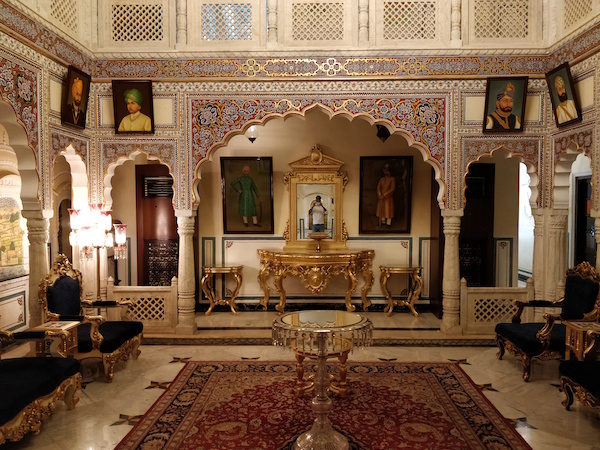
Cost of Transportation
Budget Traveller (Backpacker)
Trains are the main mode of transport for the budget traveller in India. Remember, trains are a great and inexpensive way to travel around India, but on some routes trains are not possible or train tickets might be sold out by the time you decide to book, so you would have to take buses then. Sometimes local buses are only available at the destination and cannot be booked by us.
You will use public transport or tuk-tuks (auto rickshaws) to travel within cities. You should account for an average daily cost of INR 1200 (15 USD, 12 EUR) per person as transport expense.
North India by train and bus or a backpacking tour of South India is inexpensive and fun.
Comfort Traveller
You would have a car and a driver for most of the trip. In addition, overnight train rides would always be the best available A/C class and only an option if it were the most convenient solution. You would take flights whenever distances are too long. Having a car and driver through your trip in India is a comfortable and flexible way to explore the country.
You would be spending an average of INR 3,500 (USD 45 / EUR 38) for transportation per day.
Find Out More: What you need to know about US to India travel?

Cost of Meals in India
India is one of the cheapest countries when it comes to food, and Indian food is one of the best. While bigger cities and tourist places may have expensive food options, in general, food prices in India are comparatively quite low.
If you eat at local restaurants, you would get breakfast (omlette/parathas/idli/dosa) and a cup of tea or coffee for around INR 100 – 200 (1.2 – 3 USD/ 2 EUR) per person. A warm and fulfilling lunch and dinner would cost you a minimum of INR 80-150 (1-2 USD/ EUR) per person per meal.
Whether you have budget constraints for want to try gourmet food, Indian food caters to all taste palates and prices.
Few challenges with local restaurants
- Hygiene could often be circumspect, but that is a risk you are always going to have to take when travelling in India. Often, food from good restaurants can get you sick too. To reduce the risk, always avoid deserted restaurants; eat at places that have a lot of people.
- Finding local restaurants in bigger and mid-sized cities (Delhi, Mumbai, Jaipur) is quite easy. In smaller towns it is harder as every restaurant is set up for tourists (expensive). Be prepared to explore and go beyond the touristy parts of small towns.
Meals at nice restaurants can set you back by approx. INR 250-400 (3-6 USD/ EUR) per meal, per person. This price would not include alcohol.
If you have a higher budget and plan to go to fine dining restaurants and eat at five-star hotels with a great view, then a meal can cost anywhere between INR 1,200-3,000 (15-35 USD/ 15 – 32 EUR) per meal, per person.
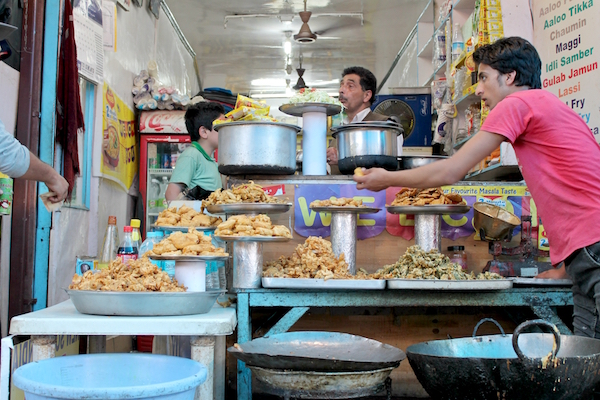
Cost of Alcohol in India
There are two things you need to keep in mind about alcohol in India.
Availability:
It’s not very difficult to find alcohol in India. However, not all hotels and restaurants serve alcohol. A lot of restaurants may not have alcohol on their menu (as they do not have a license to serve) but will arrange it if asked.
Some hotels that do not serve alcohol let you carry your own alcohol to the hotel. Alcohol is not available at supermarkets, but India has what we call ‘wine shops’ that are dedicated just to selling alcohol. Wine shops are not easy to find, so ask your hotel/driver about the nearest one.
Price:
Alcohol is more expensive in bigger cities like Mumbai and Delhi where taxes are higher. A beer at a bar/pub/club could start from INR 200 to 600/750 (2-6 USD/EUR) depending on the place you’re going to. Stronger drinks and other alcoholic beverages (whiskey, gin, vodka, cocktails, etc.) could cost from INR 200 to 1,000 (2-13 USD/EUR). It’s hard to generalise because it very much depends on the place you are at and what you’re ordering in particular. It could range from extremely cheap to very expensive even for foreign standards. Alcohol is about 30-35% cheaper in smaller towns. Wine shops have relatively cheaper prices for everything.
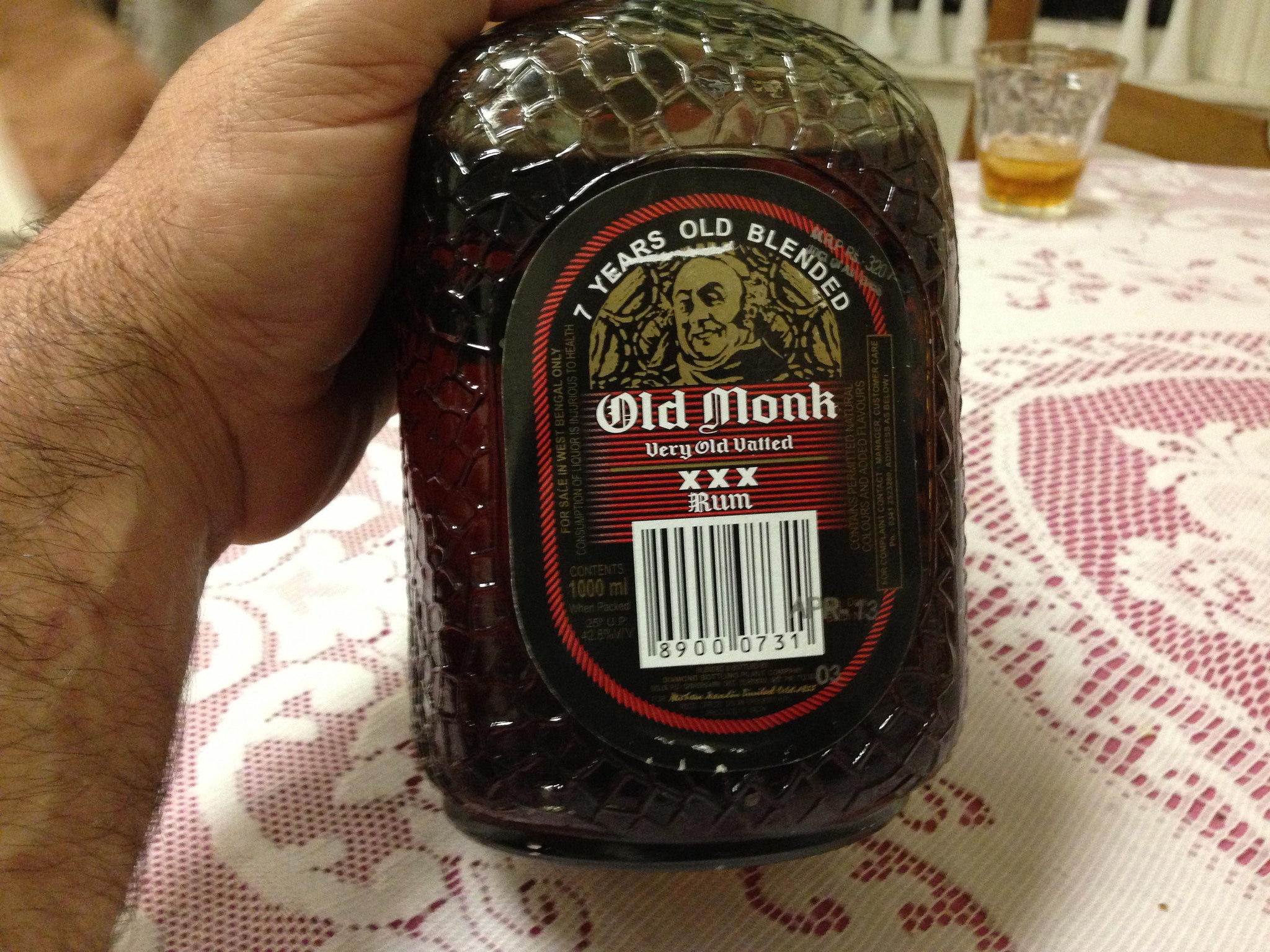
Cost of Monument Entry Fees
India charges a different fee for Indians and foreigners (15x more to a foreigner). This might seem a little unfair but it is mostly to create the possibility for every citizen of India to visit every kind of monument despite financial restraints.
However, children under the age of 12 have a free entry in a lot of monuments. A valid student ID gets you a highly discounted entrance fee.
You should budget INR 7,000 (85 USD/ 75 EUR) per person for monument entrance fees when visiting India. However, in some places like Delhi, Agra or Jaipur you will spend more for sightseeing than in other places just because these places offer more of sightseeing monuments, such as the Taj Mahal, Red Fort, or Hawa Mahal. In other places like Goa or Kerala, which have fewer monuments, you will most likely spend more on activities.
In addition to the above discussed expenses we expect you would spend money on a local sim card, shopping, miscellaneous things, and the occasional tip.
Keep in mind however, that these are all approximate prices and can be slightly different to the real-time prices. Since the rupee changes quickly and sometimes even drastically, expect some slight changes. Regardless of the changes, we give a comprehensive list at every location with no transparent costs, so you won’t be surprised when something comes at you.

Activities that you are likely to spend money on
You would probably participate in a range of activities when visiting India. The cost of the same can vary from activity to activity. At times it would sound unreasonably cheap and sometimes compared to prices of everything else in India it may feel a little expensive.
- Cooking classes cost between INR 750 to 1,500 per head (10-20 USD, 9-18 EUR). This is usually a 3 to 4 hour class and you eat an entire meal that you’ve just prepared. So, it is a great value for the price.
- Riding an elephant in Amer Fort, Jaipur costs INR 1,000 (10-15 USD/EUR) for two people/riding one elephant. But be aware that the elephants don’t always get good treatment!
- A half-day canoe ride in the backwaters of Kerala, usually including a meal costs INR 1,200/1,500 (16-20 USD, 14-18 EUR)
- Watching a traditional dance show in Kerala costs you around INR 200 (2 USD/EUR)
- Flying Fox/Zip-lining in Jodhpur costs around INR 1,500 (20 USD, 18 EUR)
Account for INR 6,000/10,000 (110-150 USD/EUR) per head for two weeks for such activities.
Uncover the Secrets: Best Time to Explore Kerala
Learn all about traveling to India from the UK in this informative article.
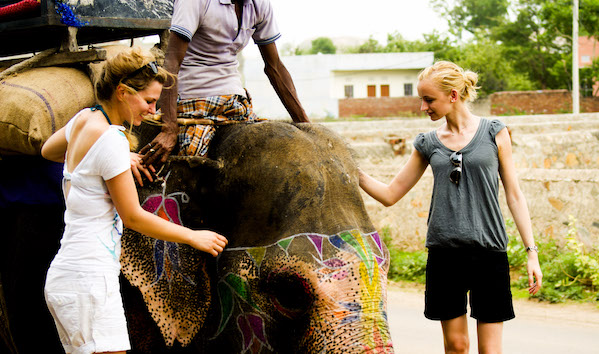
While using a travel agency may seem like an unnecessary cost, we’ll actually save you a huge chunk of your budget by streamlining your trip. We can get better deals on hotels and travel and make sure you don’t get duped by folks looking for some easy money. By advance booking of flights and trains you save good amounts of money, so you can spend it on something for yourself. Tell us about your travel preferences and your budget, and let us do the rest of the tedious stuff for you.
FEW MORE COSTS WHILE TRAVELLING TO INDIA:
Now that you have a fair idea of what to expect when it comes to making a travel budget before you visit India, there are some less glamorous costs to keep in mind as well.
Travel Insurance:
No matter which country you come from or travel to, travel insurance is something you should never compromise on. With a valid travel insurance plan, not only does your travel to and from India get covered in the case of any mishap, but it also covers loss of baggage, important documents and even health concerns or accidents during your travel.
Emergency Cash:
Always keep emergency funds on the side. These funds are over and above any India travel budget you put together. Before you visit India, ensure you keep some money aside for international and domestic flight changes, any unprecedented natural disasters, any acts of violence or war, loss of passport and identification documents, theft or assault, or unforeseen family emergencies. Anything is possible when you travel around the world.
Foreign Currency Conversions:
Always stay up-to-date with the latest currency exchange rates, not just before your departure date to India but also during your stay. Keep some cash handy in both currencies (Indian Rupees and your country). This will be particularly useful in parts of India where ATMs are not readily available or you’re in the mood to eat street food (most vendors do not accept card or online payments). A few dollars also come in handy if you’re in transit at an international airport.
Taxes and Extra Charges
Whether you attend a show, visit a monument, enjoy fine dining or book a hotel room in India, there are taxes and charges to be paid. So when you do research for your upcoming India trip, including putting together a travel budget, always leave extra room for extra charges. After calculating the average price of a meal, remember to add service charges or taxes as a percentage on top of the total amount. This way, you won’t be stuck having less than enough money at any given point of time.
Read Further: Get Acquainted with India’s Abundant Pursuits
Frequently Asked Questions:
Q. How much does a trip to India cost?
India travel budget depends on various factors, including trip duration, time of year, your travel style(budget versus luxury), where to stay and the places you plan to visit. Add to that your airline ticket and visa, any other official expenses and some taxes and fees along the way. The average daily cost for travel can be calculated as about INR 1000 to 6000 a day for a tight budget and the comfort traveller, including food, sightseeing and transport. That comes to about 15 to 90 USD. Having said that, always look up price fluctuations and currency rates closest to your India trip, to get a more accurate estimate.
Q. How to do budget travel in India?
India can be a very affordable destination even on a tight budget if you plan it properly. Some useful ways to ensure a well-planned India travel budget include:
- Travel in India during the off-season months
- Book red-eye flights and budget airlines for the cheapest flights
- Consider staying at hostels or couchsurf while you’re in India to get cheaper accommodation.
- Pack light to avoid overweight baggage fees
- Book hotels, train tickets, and events well in advance to avoid last-minute surge prices
- Always ask for discounts, offers or any seasonal deals
- Book your domestic and international flights well in advance for discounted rates
- Check with hotels, transport services and travel agents for discounts, offers or any seasonal deals
- Get used to using public transport within the country
Q. What is the average cost of tourism in India?
The average cost of tourism in India includes average daily travel budgets for accommodation, food, transport and activities. If you count as a mid-range traveller, then you can expect a daily minimum expense of about INR 3000 or USD 12. Budget travellers can save costs by using public transportation, eating at cheaper restaurants and sightseeing at free-entry tourist attractions.
Q. How much money should I take for one week travel in India?
For one week travel in India during peak tourist season, you can expect double the pricing for accommodation, commute, and activities. But if you travel during the less active months of the year, a total of INR 15000 or USD 181 should be enough to cover your commute, food and daily expenses. You can even throw in a few fine dining experiences, depending on the places you visit.
Q. How can I travel with low cost?
Making a travel budget that doesn’t leave you empty-handed by the end of your trip isn’t as difficult as it seems. There are many ways to cut corners, while planning a trip anywhere in the world. The following steps can help you ensure you enjoy your holiday to the maximum, while draining your pocket by the minimum:
- Choose your travel dates from off-season months
- Book your domestic and international flights well in advance for discounted rates
- Get cheaper accommodation via couchsurfing and hostels
- Check with hotels, transport services and travel agents for discounts, offers or any seasonal deals
- Get used to using public transport within the country
helping you travel your way
Everything you need to know about India is here We have tried writing about everything you may need help with for your trip to India, If you need help in planning a trip to India Get in touch with us to to plan your trip of a life time.


